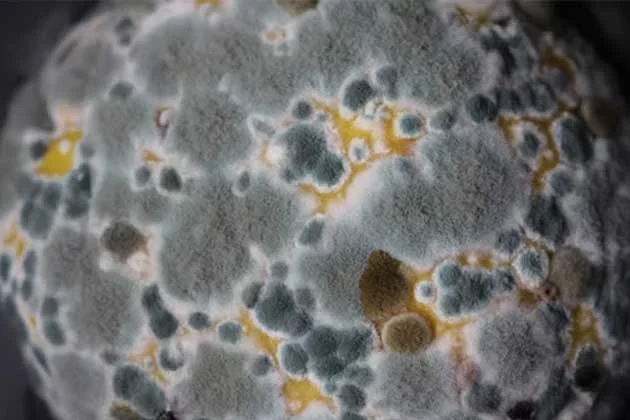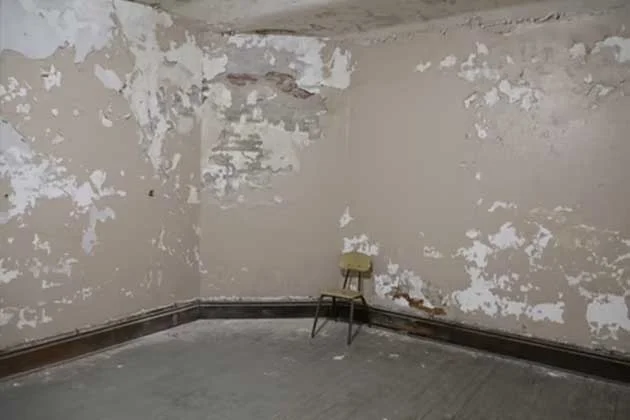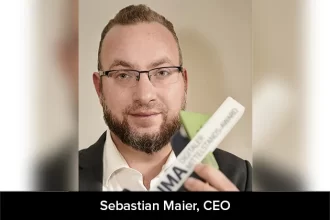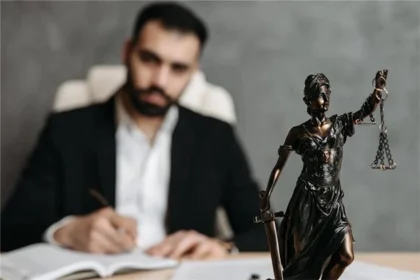Mold is caused by tiny organisms that are invisible to the naked eye. They feed on organic materials such as wood, paper, cloth, etc. But they also start eating living tissue when there is no other food available. At an early stage, it can be dealt with quickly. But when not taken care of in the initial stages, it may be difficult to remove later. Some of them are highly toxic which can cause severe illness or even death in humans if sufficient amounts are inhaled over a long period. The mold spores can trigger asthma attacks in some people, increasing the chances of respiratory infections.
How Dangerous Can Mold Be?
Mold starts eating living tissue once there’s nothing available for them to eat, and this may lead to infections, too, if left untreated for a long time. If there are any small children in the house, one should be extra careful about toxic molds. Even though some them are not harmful to normal healthy adults, you must still remove it quickly because there allergy symptoms may appear later on, even if the person was never allergic to it before. It can cause sinusitis and other respiratory infections.
Some of the most common molds that grow in homes are Cladosporium, Penicillium, and Alternaria. Cladosporium is usually found on the floor and in moist places. Penicillium likes it dark, damp, and warm and can easily be found on food products such as spices. Alternaria grows well in dust and may cause skin infections if someone comes into contact with it.
How To Handle Mold
Most people are wrong when they think that only black mold is dangerous. But in reality, all of them can be hazardous if not treated in time. Here’s how to identify and handle mold:
Hire Mold Removal Professionals
You should first take professional help as they have the tools and materials required to clean up the mold. They also know which kinds of molds are dangerous or not and how to deal with them accordingly. If you are dealing with black mold, commercial mold remediation can deal with this poisonous mold. Since this type of mold is highly toxic and can cause severe illness or even death if sufficient amounts are inhaled over a long period, it is always better to pay for professional help.
Get Rid Of All Sources Of Moisture
Mold cannot survive without moisture, so you should remove all water sources from your house, especially the area where mold has been identified. A dehumidifier can come in handy here. While some of them need less than 60% humidity, others require more than 70%. So be sure about the kind of molds that are infesting your place, and then set the dehumidifier accordingly. Poor ventilation also increases the chances of its growth, so make sure that air circulates well in your home by opening windows regularly if possible.
Filter The Air And Treat Any Dampness
It is always better to prevent mold from growing as it can be costly to remove later on. So try to filter the air in your house and use an air cleaner that filters all kinds of impurities, including there spores. When there is a risk of moisture, too, you should use a dehumidifier, as mentioned above. In some severe cases, even after removing the water source, some places continue to show signs of dampness or moisture. In such cases, you must hire professional help as they also know how to treat any dampness.
Identify The Type Of Mold You Are Dealing With
Even though all molds are dangerous, not all of them need to be removed immediately after they appear in your home or office. It’s always wise to identify which kind of mold you are dealing with before choosing whether or not to eradicate it from your surroundings. Types of molds may be categorized as toxic molds, allergenic molds, or regular household molds. Toxic molds are dangerous for human beings and should be removed immediately. Allergenic molds can cause health problems, especially those who have asthma or respiratory issues. Regular household mold can be removed easily, but you should clean them up before they start appearing again.
If you see or smell mold in your home, then it is vital to take action as soon as possible. Mold growth should be taken seriously and dealt with promptly. You should know what kind of mold infestation you are dealing with so that the removal process becomes simple for you because different types of mold need different kinds of treatments. It can be dealt with quickly at an early stage, but when not taken care of in the initial stages, it may become difficult to remove later on if left untreated for an extended period.











